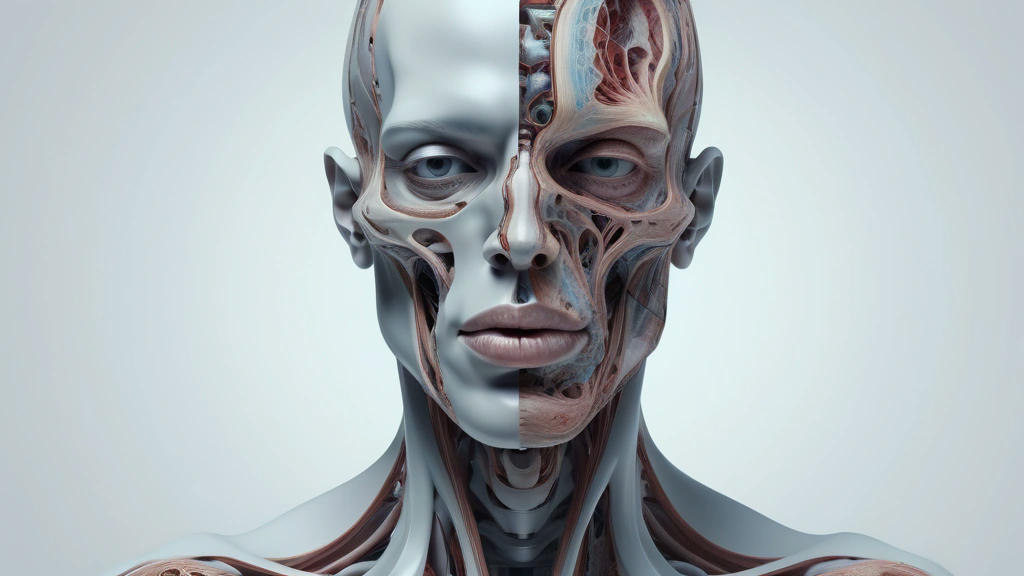In the ever-evolving world of artificial intelligence, the creation and manipulation of images have become a fascinating frontier. Among the many tools available, Stable Diffusion has garnered significant attention. However, the latest iteration, Stable Diffusion 3, has faced criticism and challenges that have led to a divided reception within the AI art community. This article delves into the intricacies of Stable Diffusion 3, exploring its limitations, the reasons behind its mixed reception, and the broader implications for AI-generated art.
The Promise and Pitfalls of Stable Diffusion 3
Stable Diffusion 3 was anticipated with much excitement, promising advancements in image generation and a more refined approach to creating realistic visuals. However, upon its release, users quickly identified a significant shortcoming: its handling of human anatomy. Unlike its predecessors, Stable Diffusion 3 struggles with generating accurate and realistic human figures. This limitation has sparked debates and discussions about the reasons behind this deficiency.
The Absence of Explicit Content in Training Data
One of the primary reasons cited for Stable Diffusion 3's struggles with human anatomy is the absence of explicit content in its training data. Previous versions of Stable Diffusion had access to a broader range of images, including those with explicit content, which inadvertently contributed to a more comprehensive understanding of human anatomy. By excluding such content, Stable Diffusion 3's training data became more restrictive, leading to less accurate representations of the human form.
This decision to exclude explicit content was likely made to adhere to ethical guidelines and to create a more universally acceptable tool. However, it has inadvertently limited the model's ability to generate realistic human figures, highlighting the delicate balance between ethical considerations and technical capabilities in AI development.
Licensing and Accessibility Issues
Another significant factor contributing to the mixed reception of Stable Diffusion 3 is its more restrictive licensing. Unlike its predecessors, which were more freely accessible, Stable Diffusion 3 comes with a license that limits its use, particularly in online platforms. This restriction has made it less appealing to a broader audience, who often seek free and easily accessible tools for their creative endeavors.
The restrictive license has also led to a slower adoption rate, with many users opting to stick with previous versions like SDXL and SD Cascade. These earlier versions, despite their limitations, offer a more familiar and accessible experience, making them the preferred choice for many in the AI art community.
The Community's Response
The AI art community's response to Stable Diffusion 3 has been varied. While some appreciate the ethical considerations behind the exclusion of explicit content, others are frustrated by the resulting limitations in the model's capabilities. This division has led to a broader discussion about the future of AI art and the importance of balancing ethical guidelines with technical advancements.
Sticking with SDXL and SD Cascade
Given the challenges associated with Stable Diffusion 3, many users have chosen to continue using SDXL and SD Cascade. These earlier versions, while not perfect, offer a more reliable and accessible experience for generating AI art. The familiarity and proven capabilities of these tools make them a safer choice for artists who rely on AI for their creative projects.
The Role of Open Source and Community Contributions
The open-source nature of previous Stable Diffusion versions has played a crucial role in their success. Community contributions and modifications have allowed these tools to evolve and improve over time. The more restrictive licensing of Stable Diffusion 3 has limited this collaborative potential, leading to slower innovation and fewer community-driven improvements.
The Broader Implications for AI Art
The challenges faced by Stable Diffusion 3 highlight broader issues within the field of AI art. As AI tools become more advanced, the need for ethical guidelines and responsible development becomes increasingly important. However, these considerations must be balanced with the technical capabilities and creative potential of the tools being developed.
Ethical Considerations and Technical Capabilities
The exclusion of explicit content from Stable Diffusion 3's training data reflects a broader trend towards ethical AI development. While this is a positive step, it also underscores the need for a nuanced approach that considers the technical implications of such decisions. Striking the right balance between ethical guidelines and technical capabilities is crucial for the continued advancement of AI art.
The Future of AI Art Tools
The mixed reception of Stable Diffusion 3 serves as a reminder that the development of AI art tools is an ongoing process. As the field continues to evolve, it is essential for developers to listen to the needs and feedback of the community. By fostering a collaborative and open environment, the AI art community can continue to push the boundaries of what is possible, creating tools that are both ethically sound and technically advanced.
Conclusion
Stable Diffusion 3's struggles with human anatomy and its restrictive licensing have led to a divided reception within the AI art community. While the ethical considerations behind its development are commendable, the resulting limitations highlight the need for a balanced approach to AI tool development. As the field of AI art continues to evolve, it is essential for developers to consider both ethical guidelines and technical capabilities, fostering a collaborative environment that encourages innovation and creativity. The future of AI art depends on this delicate balance, and the lessons learned from Stable Diffusion 3 will undoubtedly shape the development of future tools in this exciting and ever-changing field.


